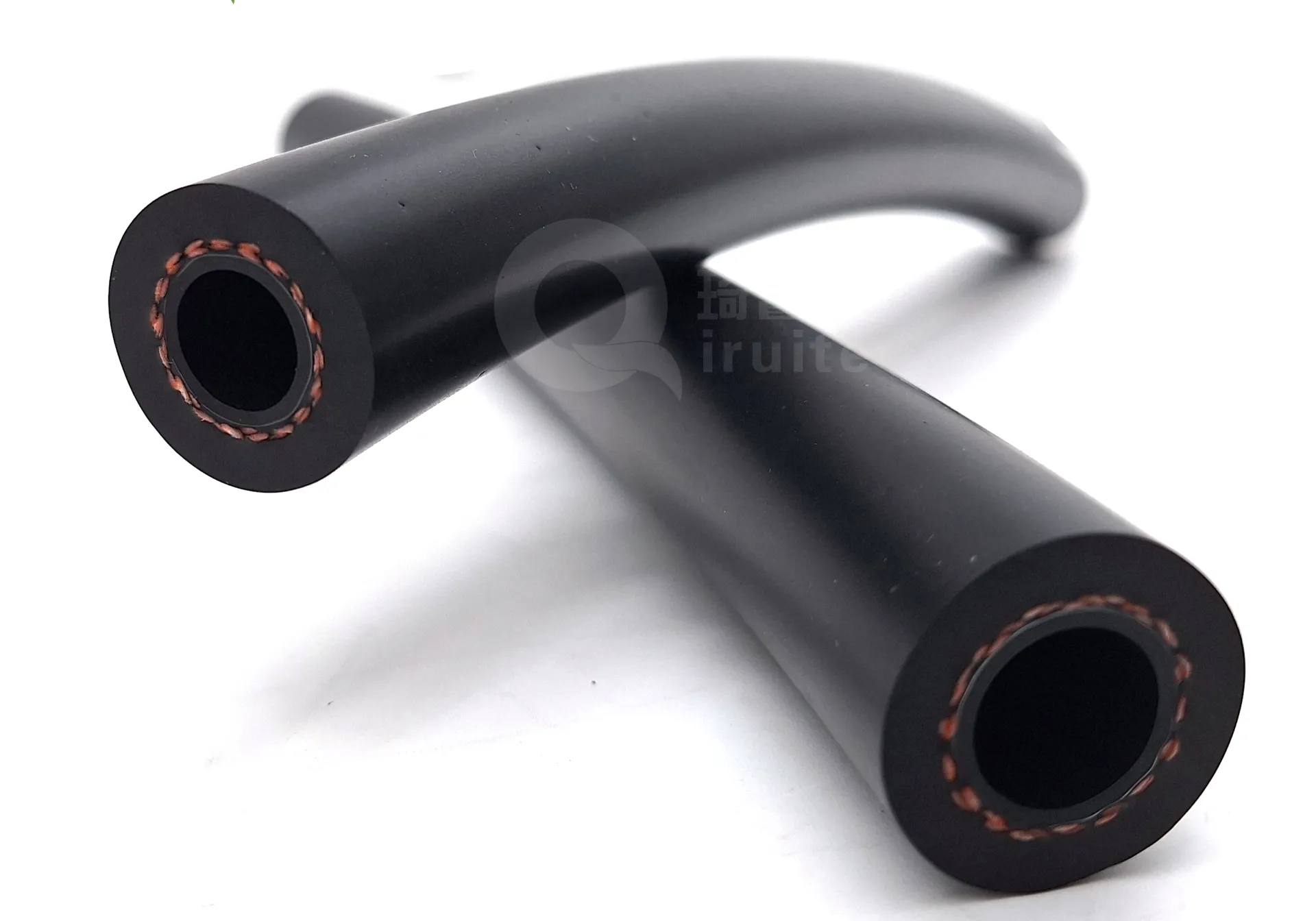power steering fluid pressure hose
Understanding Power Steering Fluid Pressure Hoses
Power steering is an essential system in modern automobiles, providing drivers with the ease of steering and better control over their vehicles. Central to this system is the power steering fluid pressure hose, a crucial component that facilitates the transfer of hydraulic fluid under pressure from the steering pump to the steering gear. In this article, we will explore the importance of power steering fluid pressure hoses, their components, maintenance tips, and signs of potential issues.
The Role of Power Steering Fluid Pressure Hoses
The power steering fluid pressure hose is designed to withstand high pressures that can exceed 1,500 pounds per square inch (psi). Typically made from durable rubber or reinforced synthetic materials, these hoses transport hydraulic fluid, allowing the power steering system to function effectively. When the driver turns the steering wheel, the steering pump generates pressure in the fluid, which is sent through the hose to the steering gear. This pressure assists in turning the vehicle’s wheels, reducing the effort needed by the driver.
Components of Power Steering Fluid Pressure Hoses
1. Hose Material The choice of materials is critical. High-quality hoses are often made from reinforced rubber or synthetic compounds that can withstand heat, pressure, and the corrosive nature of the hydraulic fluid. Inferior materials can lead to premature failure.
2. Fittings and Connections The ends of the pressure hose come with specific fittings designed to connect securely with the power steering pump and steering gear. These are often crimped or threaded connections that ensure a tight seal to prevent leaks.
3. Clamps and Supports Hoses are typically secured in place using clamps or brackets. These components help to avoid excessive movement and heat exposure, which can cause wear and tear.
Maintenance Tips for Power Steering Fluid Pressure Hoses
To ensure the longevity and reliability of power steering fluid pressure hoses, consider the following maintenance tips
1. Regular Inspections Periodic inspection of your vehicle’s power steering system is highly recommended. Check hoses for signs of wear such as cracks, bulges, or leaks. Early detection can prevent costly repairs.
2. Fluid Levels Regularly check the power steering fluid level in the reservoir. Low fluid levels can indicate a leak in the system, possibly in the pressure hose.
power steering fluid pressure hose

3. Leaks If you notice a puddle of fluid under your vehicle, it’s vital to identify the source. Power steering fluid is typically colored (often red or clear) and has a distinct scent. A leak from the pressure hose can hinder the steering system's performance.
4. Temperature Monitoring Excessive heat can cause rubber hoses to degrade. If you notice your vehicle overheating, have the power steering system checked to ensure it's not contributing to the issue.
5. Professional Services It is advisable to have your power steering system checked during routine maintenance. A qualified mechanic can perform a thorough inspection and replace any worn hoses before they fail.
Signs of Potential Issues
There are several warning signs that may indicate problems with your power steering fluid pressure hose
1. Steering Difficulty If you experience difficulty in steering, such as heaviness or a lack of responsiveness, it could be a sign of low power steering fluid due to a leaking hose.
2. Unusual Noises Hearing whining or groaning noises while turning the steering wheel may suggest that the power steering fluid is low, possibly due to a leak in the pressure hose.
3. Fluid Leaks As mentioned earlier, if you notice power steering fluid pooling under your vehicle, it is crucial to have the system inspected immediately.
4. Visual Damage Inspect your pressure hoses for visible signs of wear, such as cracking, fraying, or bulging sections that may compromise the integrity of the hose.
Conclusion
The power steering fluid pressure hose is a vital component of the power steering system, essential for ensuring safe and efficient vehicle operation. Regular maintenance and prompt attention to potential issues can help maintain the performance and longevity of this critical automotive part. By staying informed about the functions and signs of wear, vehicle owners can ensure a smoother driving experience and contribute to the overall health of their automotive systems.
-
Ultimate Spiral Protection for Hoses & CablesNewsJun.26,2025
-
The Ultimate Quick-Connect Solutions for Every NeedNewsJun.26,2025
-
SAE J1401 Brake Hose: Reliable Choice for Safe BrakingNewsJun.26,2025
-
Reliable J2064 A/C Hoses for Real-World Cooling NeedsNewsJun.26,2025
-
Heavy-Duty Sewer Jetting Hoses Built to LastNewsJun.26,2025
-
Fix Power Steering Tube Leaks Fast – Durable & Affordable SolutionNewsJun.26,2025

